You’ll depart from Arusha after breakfast for the approximately two hour drive to Tarangire National Park. Along the way you’ll pass bustling Masai villages and the vast, open plains that have become synonymous with images of Africa.
Once you’ve entered Tarangire, you’ll begin your game drive across a rich vista of endless golden savannah that surrounds the Tarangire River. The river itself runs throughout the year and is a vital source of water for the animals of the region during the dry season. Lined with acacia and Baobab trees, the river is regularly visited by the park’s large elephant population as well as other herbivores such as zebras and antelopes.
A picnic lunch with a view of the river is a great way to take it all in, but you’ll have to keep on your toes as the local monkey population does its best to separate you from your lunch!
Driving through the park you’ll also have the opportunity to see lions, leopards, cape buffalo, and a huge variety of antelopes. If you’re particularly lucky, you might even see endangered animals such as the Greater Kudu or the Fringe-Eared Oryx.
After your day’s drive is done, you’ll retire to your accommodation for the evening.
We’ll take an early breakfast, as we’ve got a big day of exploration and adventure ahead of us!
We’ll begin the day with the scenic drive towards the Serengeti. Along the way we’ll pass through the mist-shrouded rainforests of the Ngorongoro Conservation Area where you might be lucky enough to glimpse cape buffalo, baboons, or even elephants and leopards in the dense undergrowth.
It’s a nearly four hour drive to the Serengeti park gates, but you can choose to break up the drive with one or both of the below optional activities:
Olduvai Gorge Museum: Sometimes known as the Cradle of Mankind, the Olduvai Gorge Museum commemorates some of the oldest evidence of human habitation ever found. Here you can see some of the oldest fossil evidence in the world of human habitation, visit the Olduvai Gorge Museum to learn more about the human journey, and take in the stunning views of this stark gorge country.
Maasai boma visit: Pay a visit to one of the famous Maasai bomas, where you’ll have the opportunity to witness (and participate in) traditional Maasai dance, tour an authentic Maasai village, and even do a little souvenir shopping at the local market.
Both of the above activities attract an additional cost. Speak with your safari expert about adding them to your itinerary.
After a delicious lunch at the Serengeti National Park picnic area, it’s time to explore the Serengeti itself. Witness Africa’s iconic savannah landscape and be amazed by the sheer number of animals that roam these grassy plains.
Dinner and overnight in the heart of the Serengeti National Park according to the standard and the type of accommodation requested from our options.
DAY 3 AND 4 – SERENGETI WESTERN CORRIDORE
After breakfast, we make our way into the park’s Western Corridor area.
The Mara River crossing may be the most well-known highlight of the Wildebeest Migration, but the Grumeti River crossing in the Western Serengeti is no less spectacular.
Drawn towards the shores of Africa’s largest lake, Lake Victoria by the promise of rain and better grazing, the herd deviates into the west.
The only thing standing between the herd and the large freshwater lake? The Grumeti River.
Some of the most spectacular images of the predator-prey dynamic are captured in and around the river, with both the big cats and Nile crocodiles seizing upon this opportunity to strike at the increasingly desperate members of the herd. The Grumeti is home to the largest Nile crocodile population in the region, and these opportunistic predators make the most of things.
Dinner and overnight in Serengeti to the standard and the type of accommodation requested from our options.
DAY 5 – WESTERN CORRIDOR – NGORONGORO CONSERVATION AREA
Enjoy an early morning game drive in the region for your last chance to spend some time with the wildebeests. After a delicious lunch you will set out back to the Ngorongoro Conservation Area.
Our afternoon drive takes us back through the breathtaking Ngorongoro Highlands, offering plenty of opportunities to spot animals. You’ll spot tall and graceful giraffes, jumping antelopes and gazelles, the powerful African elephant and the most respected group of animals: the predators.
You will have the chance to spot lean cheetahs and shy leopards, foraging hyenas, and last but not least, the king himself; the lion.
Dinner and overnight on the rim of the Ngorongoro Crater or in nearby Karatu Town according to the standard and the type of accommodation requested from our options.
DAY 6 – NGORONGORO CRATER – ARUSHA
After breakfast, you’ll depart for Ngorongoro Crater considered by some to be the Eighth Wonder of the World. When you get your first glimpse of this vast, verdant caldera from the panoramic viewpoint, you’ll soon understand why it has earned such a lofty reputation.
Home to over 120 species of mammal including the fabled Big Five, the Ngorongoro Conservation Area is one of the most sought after safari destinations in the world. It’s a particularly good place to see the endangered black rhinoceros enjoying a lonely meal out on the grass plains, as well as a place to see large numbers of hippopotamus enjoying the cool water.
From the comfort of your open-top vehicle, you’ll be able to observe and photograph some of Africa’s most recognizable faces. The crater is home to a large number of predators including lions, leopards, cheetahs, jackals, and hyenas, as well as a large population of wildebeest, zebras, antelope, cape buffalo, and more. It is truly one of Africa’s premier safari destinations.
After the thrills and excitement of the day, you will have a picnic lunch by the park’s famous hippo pool before returning to Arusha.
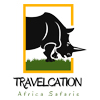

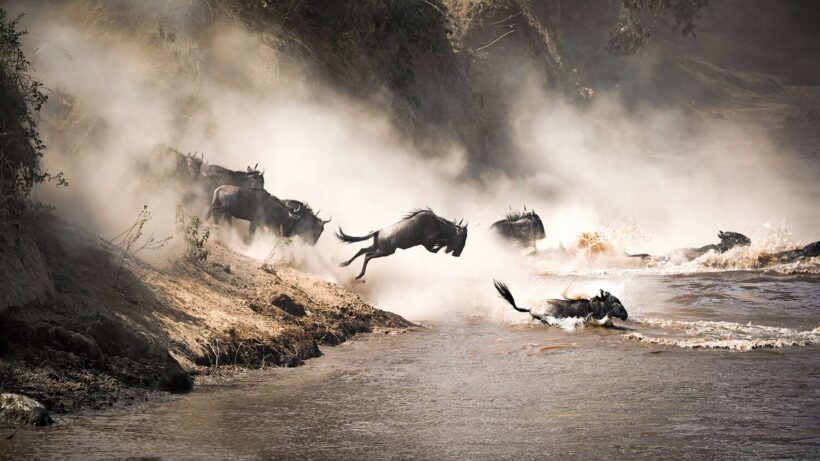
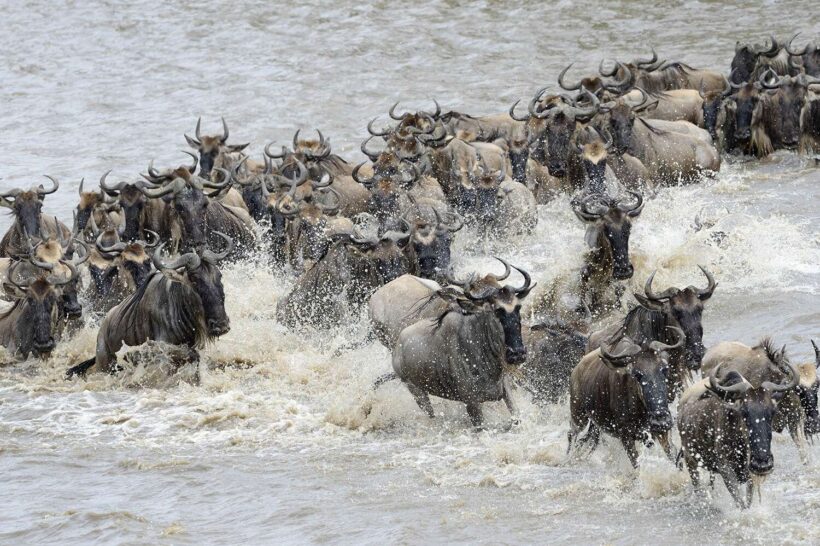
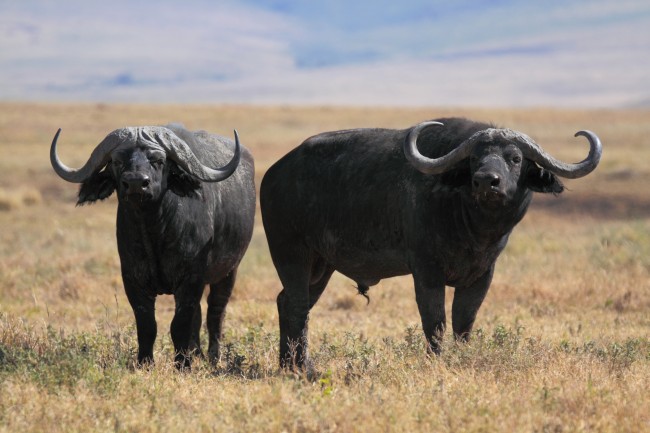
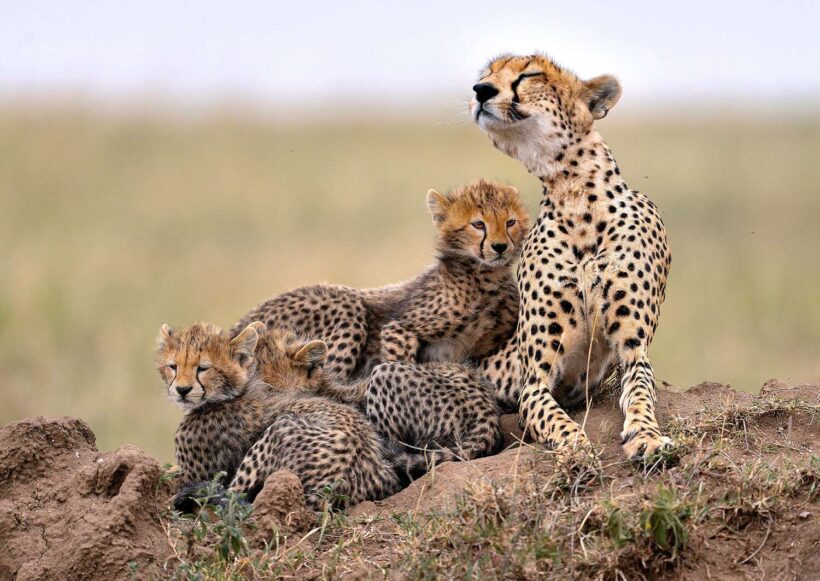
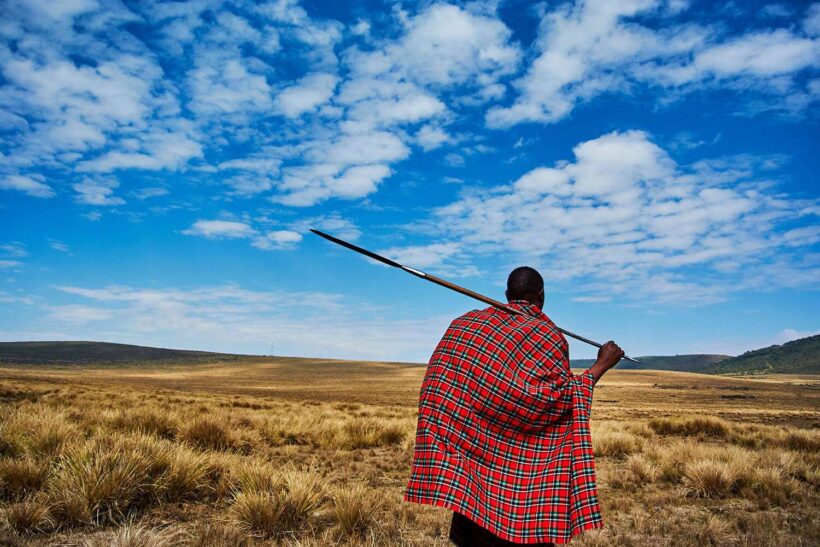
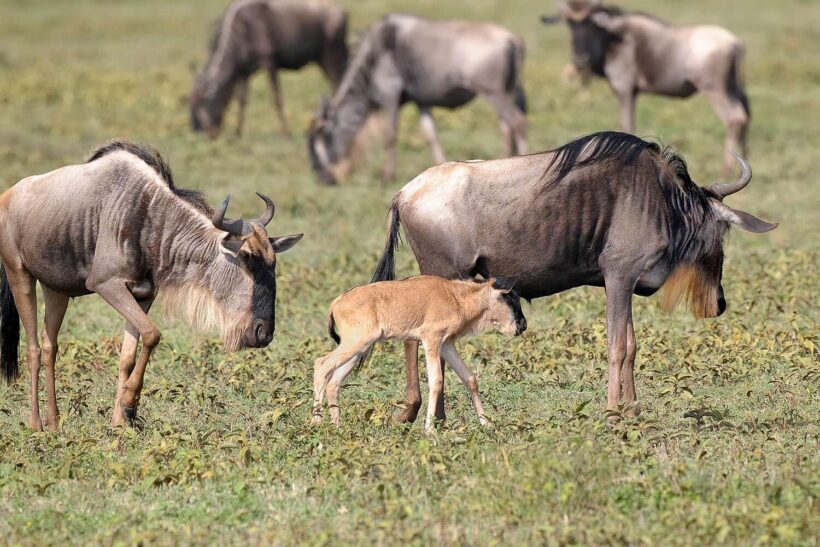
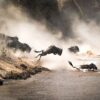
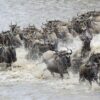
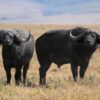
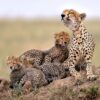
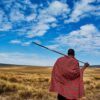
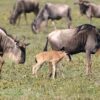
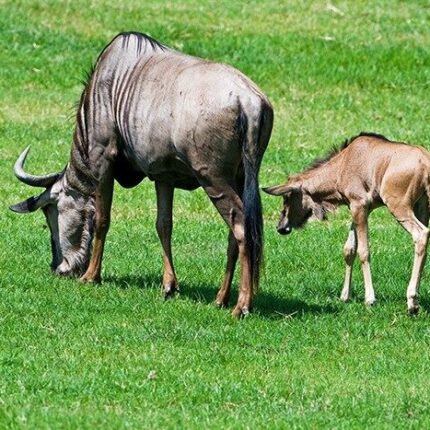
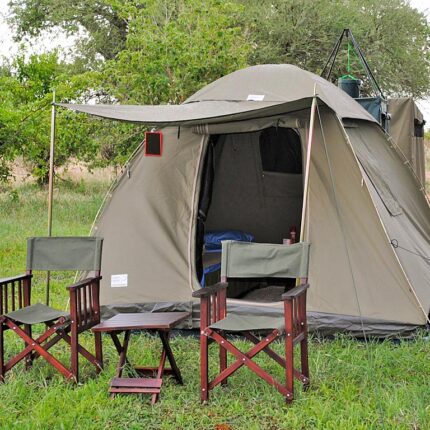
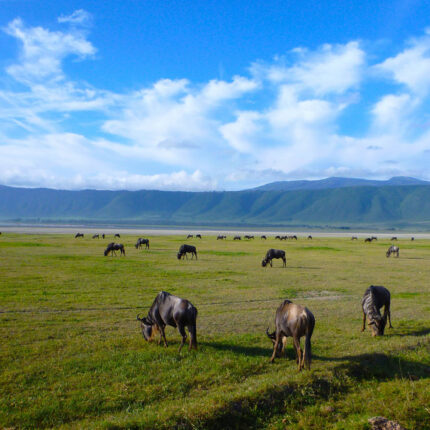
Reviews
There are no reviews yet.